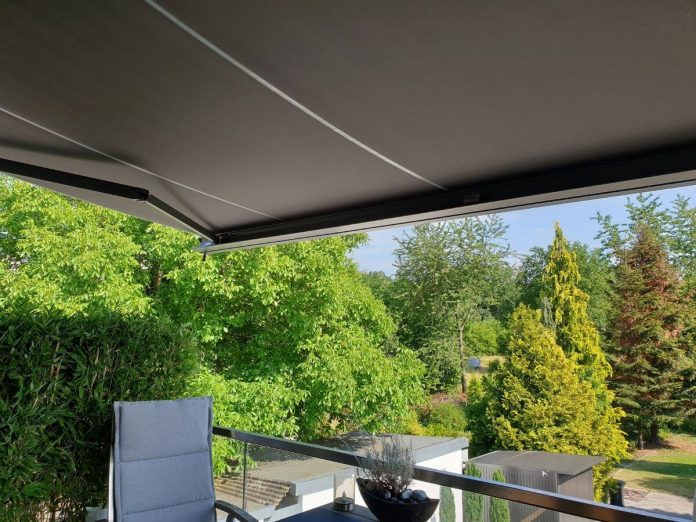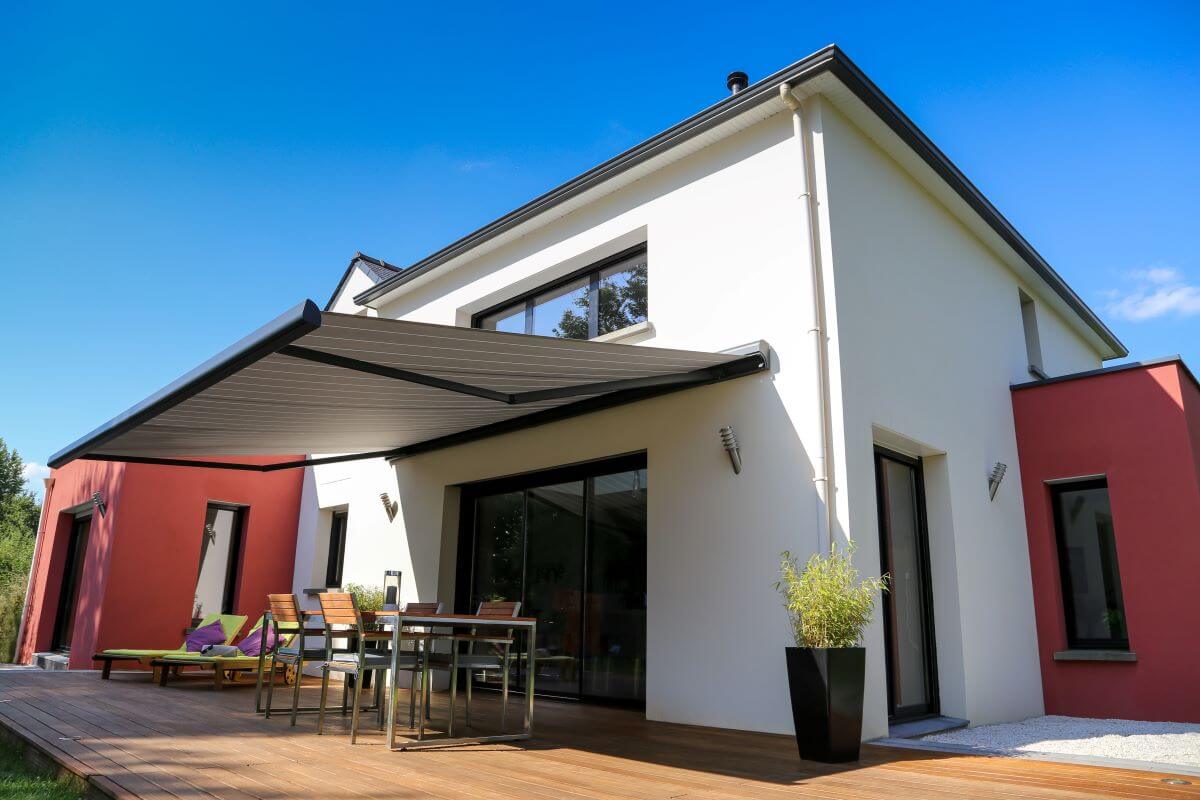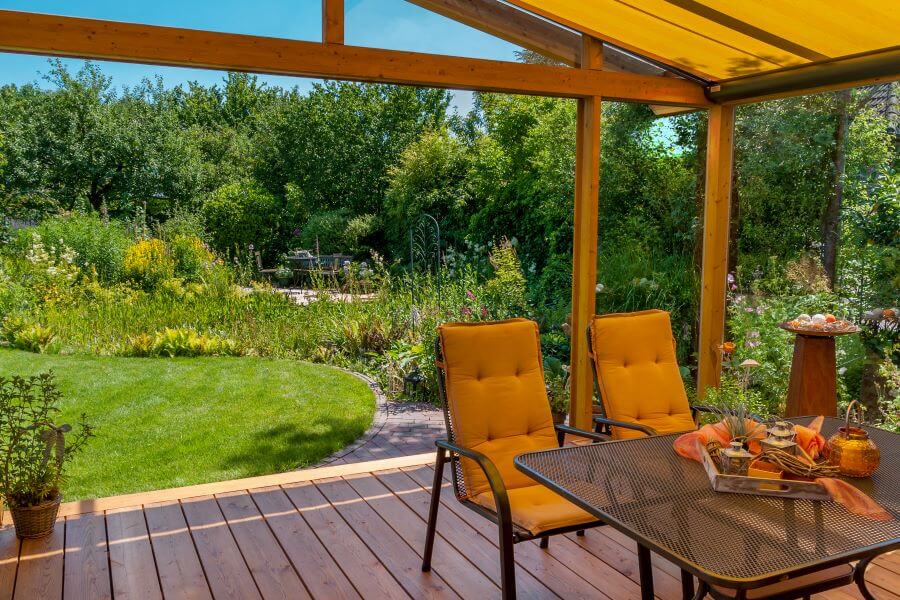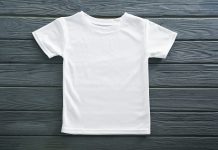
Contents
Last Updated on 27th May 2024
As seasonal changes drive people to find comfort and functionality in their outdoor spaces, house awnings have become a popular choice for homeowners across Europe. These versatile extensions not only enhance the aesthetic appeal of properties but also provide essential shade and protection from the elements. With technological advancements simplifying their operation, it is no wonder that the demand for these products is on the rise.

The increased popularity of outdoor living
The trend of spending more time outdoors has been amplified by recent global shifts, which have encouraged families to maximize the potential of their home environments. Outdoor shading products like house awnings contribute significantly to this lifestyle change, allowing homeowners to create comfortable and stylish open-air settings.
One convenient option that has gained traction is motorised awnings. These state-of-the-art systems can be easily controlled via remote or smartphone apps, offering homeowners flexibility and ease of use without compromising on style or convenience.
A house awning is essentially a retractable fabric canopy affixed to the exterior of a property. When needed, it can be extended using spring-tensioned folding arms, providing solid coverage against sun and rain. Motorized models enhance user experience by allowing seamless control at the touch of a button, making them ideal for frequent use. Manual options featuring a gearbox and crank handle are also available, serving as cost-effective alternatives suitable for occasional deployment.
Market trends and projections
A report by Fact.MR has unveiled interesting statistics regarding the uptake of house awnings within Europe. Germany boasts the largest market share, closely followed by the UK and Italy. The projection shows continual growth in the retractable awnings sector up until 2028, when peak demand is expected to be reached.
With numerous lockdowns imposed since March 2020, residents of the UK and other European countries sought ways to upgrade their homes and gardens. This period saw a notable increase in home improvement activities, one of which involved enhancing outdoor living areas with installations such as awnings. This trend indicates that even as restrictions lift, the enthusiasm for garden investments is likely to persist.

The advantages of installing house awnings
Investing in a house awning offers dual benefits by enriching both functionality and visual appeal. Not only do these structures provide much-needed privacy, but they also contribute significantly to maintaining a cool and comfortable environment during extreme weather conditions. Awnings are highly effective in creating consistent temperature control throughout the year. During hot summer months, they block excessive sunlight, thus keeping the interior cooler and reducing reliance on air conditioning. In winter, they add an extra layer of insulation, ensuring that warmth is retained within indoor spaces.
Apart from their utilitarian benefits, awnings offer a quick and easy way to elevate the look of any property. They come in various designs, colours, and materials, making it possible to customize based on personal preferences and architectural styles. Their adaptability makes them suitable for both residential and commercial properties, enabling business owners to create inviting spaces for customers and clients.
Future outlook and sustainability
The ongoing surge in the popularity of house awnings aligns well with broader movements towards sustainable living. As energy-efficient installations gain ground among eco-conscious consumers, the retractable nature of awnings offers a practical solution by minimizing dependence on electrical cooling and heating systems.
While upfront costs might vary depending on the type of awning selected, the long-term financial benefits cannot be overstated. The savings accrued from reduced energy bills, coupled with the increased property value resulting from enhanced curb appeal, make house awnings a sound investment.


































